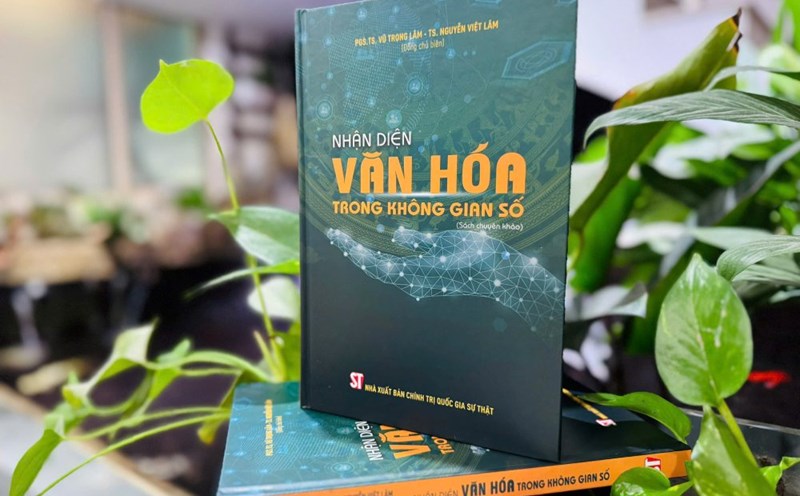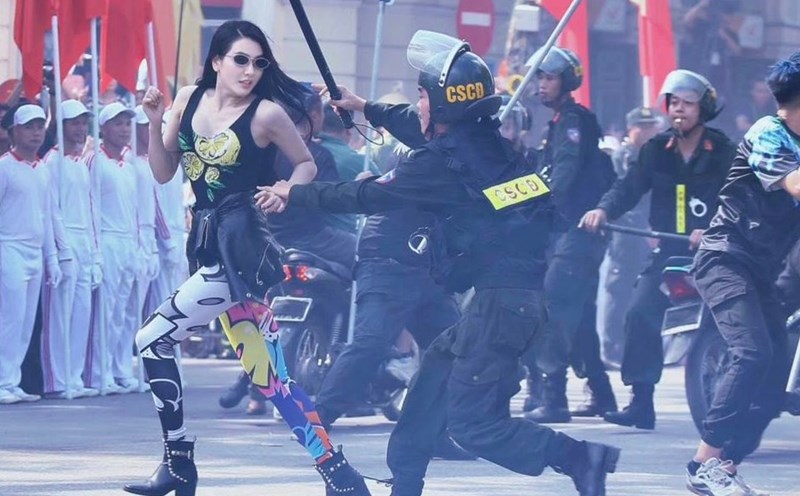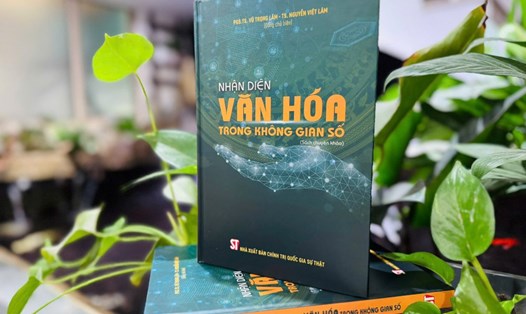In the book "Vietnamese - Foreign Language That You Are familiar with", Associate Professor, Dr. Trinh Sam - one of the leading experts in mother tongue learning in Vietnam - has led readers on a journey of in-depth discovery about the mother tongue.
There, the seemingly familiar expressions in daily life suddenly become new and rich in meaning, when examined from a scientific perspective.
When it is a metaphor, it is a way of thinking, not just a metaphor for recovering words
According to perceived linguistics - an interdisciplinary linguistics in combination with cognitive science, language does not simply reflect the objective world but reflects how people recognize the world. Since then, metaphor is not only a rhetorical measure in literature but a manipulation of conceptualization - that is, the way people understand this thing or phenomenon through another thing or phenomenon.
For example, the concept is built from the "expression" law between two areas of the concept: Source (usually specific, familiar, easy to imagine) and destination (usually abstract, difficult to grasp). A typical example: Time is concepted as money - something concrete and tangible. Thanks to that, Vietnamese people can " save time", "waste time", "invest time", "time fund" - expressions that show that we are "spending" time as if it were an asset.
River - the fundamental concept area of the Vietnamese people
One of the source areas that Associate Professor, Dr. Trinh Sam carefully surveyed was the river - an image that has been closely associated with rice farming residents for thousands of years. In everyday language, Vietnamese people use a series of expressions related to water regardless of whether they are living or traveling on the river: "Sinking on the long way", "going in the river", "being in the waterfall", "going up and down the rapids", "fill in happiness", "going to foreign countries"... Even social concepts are conveyed through this source area: "Trade flow", "middle flow", "downstream" - reflecting the layered structure.
From the concept of river, a series of metaphors for the concept of formation: Life is a river, emotions are water, time is a flow, people are a water stream... This shows the strong influence of geographical conditions, living environment to thinking and language. Compared to English or Chinese, Vietnamese shows the broader level of coverage and spread of the river metaphor, from physics to society, psychology and ethics.
Trees and food - nearby areas
Besides the river, trees and food are also familiar sources in the Vietnamese language. Vietnamese people not only use the names of plants to describe the body ('liver leaf', 'heart', 'laughing' , 'handshapes' '...) but also use the tree's life cycle to talk about the human life cycle: "teeth grinding", "hair grinding", "smileying", " viable", "man-growing", "the heart falling back to the roots"... That way of thinking shows the harmony between people and nature - a characteristic of Eastern culture.
The concept of food is also very local. In Vietnamese, sweet and foul are not only used to describe dishes but also applied to many aspects of life: D appointed body, decent car, fat contract, foul movies, foul customs... Even cooking activities have become metaphorical sources: Qin muoi, living tight, cuoking congee phones, show cards, hot love, salt the story...
These examples show that Vietnamese people tend to interpret the world in a emotional, specific and close direction to material life, in which food, clothing, and accommodation play a central role in perception and expression.
The concept of heart and the diversity of body symbols
The book is especially attractive in terms of the way Vietnamese people express their emotions, thinking and personality through their body parts. Unlike Western culture - where head often represents reason, while heart represents emotion, Vietnamese people use a more complex and diverse system of symbols.
words such as han, wer, heart, den, terms, den... both refer to internal organs and emotions, personality: To the belly, dear belly, difficult belly, difficult belly, terms, honest heart, difficult heart, heart, heartlessness... This shows that Vietnamese thinking does not divide reason and emotion like in the Western counterfeit model, but expresses the uniqueness - diversity: Many parts at the same time have psychological - social - moral significance.
Suggestions from a scientific work
"Vietnamese - Strange but familiar" is not just a book about language. It is also a scientific work that opens a new perspective on the relationship between language, thinking and culture. From the analysis of general metaphors, the author shows that Vietnamese is not only beautiful and rich in music but also imbued with folk knowledge, history and community awareness.
Despite using academic language and requiring a professional knowledge base, the book still brings excitement to those who love Vietnamese and Vietnamese culture. With the arrangement of content according to each independent article, readers can approach it tuy thuoc on their interest or have an in-depth research orientation.
This book is part of the "Beautiful Rich Vietnamese" series published by Tre Publishing House - a meaningful project in inspiring love, pride and a deeper understanding of the mother tongue of each Vietnamese person.
Associate Professor, Dr. Trinh Sam - former Head of the Department of Literature, Ho Chi Minh City University of Education - is a leading expert in applied language learning in Vietnam. He regularly lectures, attends seminars and scientific seminars across the country. With solid knowledge and a modern approach, his works have made an important contribution to the development of the language industry in Vietnam.










